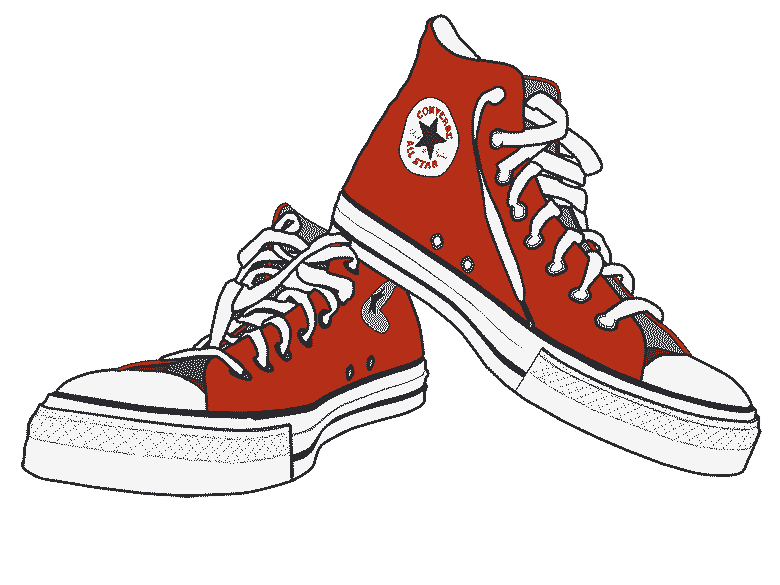[optima_express_quick_search style=”horizontal” showPropertyType=”true”]
OREGON CITIES
Regions
Oregon is a state in the Pacific Northwest region of the United States. It features rugged rocky coastlines, dense forests, fun cities, mountains, deep canyons, and desert in the southeastern part of the state.
| Cascade Mountains – Towering peaks, thick forests, fresh air, and pristine water which divide western Oregon from east. |
| Central Oregon – Gateway to the High Desert. |
| Columbia Gorge – Wind and beauty. |
| Eastern Oregon – Cattle, timber and sage country. |
| Oregon Coast – Spectacular and rugged coastline, modest and affordable accommodations. |
| Southern Oregon – Beautiful old-growth forests, world-class fishing, breath-taking waterfalls, emerging wine region, gateway to Crater Lake. |
| Willamette Valley – Home to Oregon’s most populous cities, as well as its breadbasket. |
PORTLAND
Portland, “the City of Roses”, is the largest city in Oregon and the second largest city in the Pacific Northwest after Seattle. It lies about 70 mi (124 km) from the Pacific Coast on the northern border of the state of Oregon, straddling the Willamette (pronounced will-AM-et) River 12 mi (19 km) south of its confluence with the Columbia River. Vancouver, Washington (not to be confused with Vancouver, Canada) is a Portland suburb and lies immediately on the other side of the Columbia River. About 50 mi (80 km) to the east lies majestic Mount Hood, which forms the perfect backdrop for Portland’s skyline. The city is noted for its scenic beauty, great outdoors environment, a large number of microbreweries, and its eco-friendly urban planning policies.
EUGENE – SPRINGFIELD
Eugene and Springfield (pop. ~374,000) are neighboring cities in Oregon at the southern end of the Willamette Valley that is best known for being the home of the University of Oregon.
Citizens of Eugene and Springfield are environmentally aware people who love their coffee as well as their micro-brew. Residents range from arch-conservative republicans to militant anarchists of the kind who were responsible for the WTO riots in Seattle. However, overall the population is typical Pacific Northwest, i.e., leaning toward a greater degree of social responsibility, respect for nature, and diminished consumerism. Eugene is home to the University of Oregon, aka “The Fighting Ducks.” Eugene was the second home to the rock band The Grateful Dead, thus the reason some people see this city as a “Hippie Mecca.” Saturday Market has been continuously in operation since 1970, rain or shine and claims to be the oldest open-air market of its type in the United States.
SALEM
Salem, the capital of Oregon, is located in the Willamette Valley between Portland and Eugene with a population of 160,000. Salem was established in the early 1840s as a farming community and as the town grew during the years of the California gold rush Salem became the capital of Oregon in 1851. The first two Oregon State Capitol buildings tragically burned down while the third and current building was completed in 1938, complete with its distinctive gold-plated pioneer statue, the “Gold Man,” perched atop. Salem is the third largest city in Oregon and an hour south of Portland in addition to being the home of Willamette University.
BEND
Bend is a tourist destination in both the summer and winter.
To fully enjoy the city of Bend, your best mode of transportation is the bicycle. Bend has extensive bike paths and lanes and walking paths. When visiting downtown Bend, you can park for free for the first two hours during business hours and unlimited hours after 5PM. Downtown is best explored by foot. Parking can be difficult at times but a spacious parking garage is located at the corner of Bond and Oregon Streets.
Limited bus service is available with Cascade East Transit for transportation in town and to Redmond, La Pine & Mt Bachelor on multiple routes. Keep that word “limited” in mind: service is infrequent even in the city, and the intercity lines only make a few runs in the morning and a few runs in the afternoon. If your trip takes you to one of the suburbs, consider that these cities have no fixed route service at all, and the “dial-a-ride” service (while available to everyone and is not just limited to seniors and the disabled like in larger cities) requires 24-hour advance reservations.

